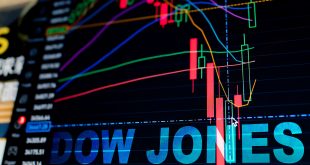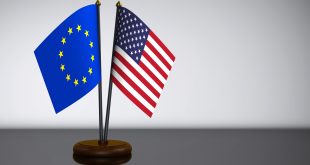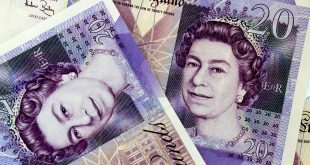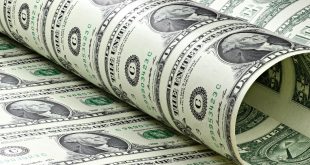The recent escalation of President Donald Trump’s feud with the Federal Reserve Chair has raised significant questions about the independence of the Federal Reserve, the potential economic consequences of such a move, and the legal grounds for removing a Fed chair. Here are five critical questions surrounding Trump’s desire to fire the Fed chair and what it means for the central bank and global markets.
1. Why Does Trump Want to Fire the Federal Reserve Chair?
Trump’s dissatisfaction with the Fed chair stems from a long-standing disagreement over monetary policy, particularly interest rates. Initially appointed by Trump in 2018 and reappointed by President Joe Biden in 2022, the Fed chair has been criticized by Trump for not cutting interest rates aggressively enough. Trump has accused the chair of “playing politics” and failing to support his economic agenda, particularly as the Fed has maintained its benchmark policy rate between 4.25% and 4.50% since December 2024. Trump’s frustration intensified with the chair’s cautious approach to rate cuts amid uncertainties about Trump’s proposed tariffs, which could fuel inflation while harming economic growth. Trump has publicly stated, “If I want him out of there, he’ll be out real fast, believe me,” signaling his intent to remove the chair if he deems it necessary.
2. Can Trump Legally Fire the Federal Reserve Chair?
The legal basis for firing a Federal Reserve chair is murky and untested. Federal law stipulates that Fed governors, including the chair, can only be removed “for cause,” such as malfeasance, not for policy disagreements. The Fed chair has firmly stated that the law does not permit his removal and that he intends to serve out his term as chair, which ends in May 2026, and as a Fed governor until January 2028. A pending Supreme Court case regarding Trump’s authority to fire officials from federal labor boards is being closely watched as a potential precedent. Overturning a 1935 Supreme Court precedent, Humphrey’s Executor v. US, could grant presidents greater power to dismiss leaders of independent agencies, potentially including the Fed. However, the Trump administration has argued that the Fed’s unique historical and legal status sets it apart from other agencies, suggesting no immediate connection between the labor board case and the Fed.
3. What Would Be the Economic Consequences of Firing the Fed Chair?
Removing the Fed chair could have profound implications for the U.S. economy and global markets. The Federal Reserve’s credibility as the world’s most powerful central bank hinges on its independence from political influence. An attempt to fire the chair could undermine this independence, eroding investor confidence and destabilizing markets already rattled by Trump’s erratic tariff policies. Economists warn that such a move could shift markets toward a “stagflationary” scenario, combining high inflation with economic stagnation. A sudden threat to Fed independence could intensify market stress and increase “tail risk.” Additionally, countries with independent central banks typically experience lower inflation, and weakening the Fed’s autonomy could compromise its ability to manage inflation effectively, especially as Trump’s tariffs are expected to drive up prices.
4. How Has the Fed Chair Responded to the Threat of Removal?
The Fed chair has taken a resolute stance against the possibility of being fired. He has publicly declared that he would not resign if asked to leave by Trump and believes the law protects his position. The chair has emphasized the Fed’s data-driven approach, focusing on its dual mandate of maximum employment and stable prices, regardless of political pressures. This week, he signaled that the Fed is in a “wait-and-see” mode due to uncertainties surrounding Trump’s tariffs and other policies, indicating no rush to adjust interest rates. The chair’s commitment to serving out his term underscores his dedication to preserving the Fed’s independence, even in the face of Trump’s aggressive rhetoric.
5. What Role Does the Supreme Court Play in This Conflict?
The Supreme Court’s upcoming decisions could significantly influence whether Trump can act on his desire to fire the Fed chair. The court is currently reviewing an emergency appeal involving Trump’s firing of officials from federal labor boards. These cases could clarify the extent of a president’s authority to remove leaders of independent agencies. Critics warn that a ruling in Trump’s favor could jeopardize the Fed’s independence, with “dire repercussions for the market.” However, the Trump administration has downplayed any link between these cases and the Fed, citing the central bank’s “unique historical pedigree.” The court’s conservative majority has previously expressed skepticism about for-cause protections for agency leaders, but footnotes in recent decisions suggest the Fed may be treated differently due to its distinct role and history.
Trump’s renewed push to fire the Federal Reserve Chair has reignited debates about the balance of power between the presidency and independent agencies. While Trump’s frustration with the chair’s monetary policy decisions is clear, the legal, economic, and political hurdles to removing a Fed chair are substantial. The outcome of ongoing Supreme Court cases could provide clarity, but any move to undermine the Fed’s independence risks destabilizing markets and eroding its credibility. As the chair stands firm, the resolution of this conflict will have far-reaching implications for the U.S. economy and the global financial system.
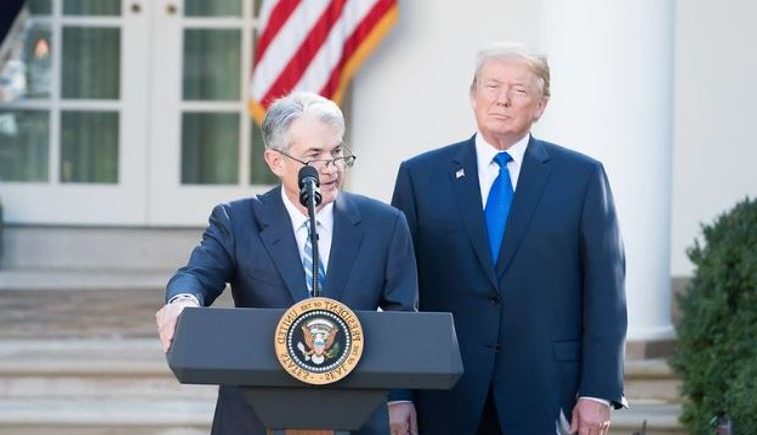
 Noor Trends News, Technical Analysis, Educational Tools and Recommendations
Noor Trends News, Technical Analysis, Educational Tools and Recommendations

